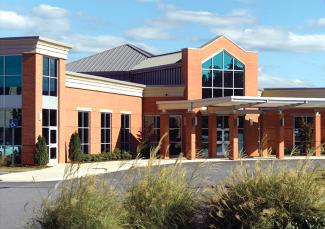AnMed provides the full range of cardiothoracic services, including procedures you won’t find elsewhere in the Anderson area. Your surgeon will help you understand your condition and treatment options and recommend a custom care plan based on your needs. Trust us to help you achieve your best outcome.
Conditions We Treat
Your doctor may refer you to an AnMed cardiothoracic surgeon for treatment of:
- Aortic aneurysm (weak area in the body’s largest artery)
- Atrial fibrillation (irregular heartbeat)
- Coronary artery disease (clogged heart arteries)
- Hyperhidrosis (too much sweat)
- Lung cancer (uncontrolled tumor growth)
- Myasthenia gravis (autoimmune illness that weakens muscles)
- Pleural effusion (fluid buildup in the lungs)
- Valve disease, such as aortic stenosis (problems in the parts of your heart that control blood flow)
